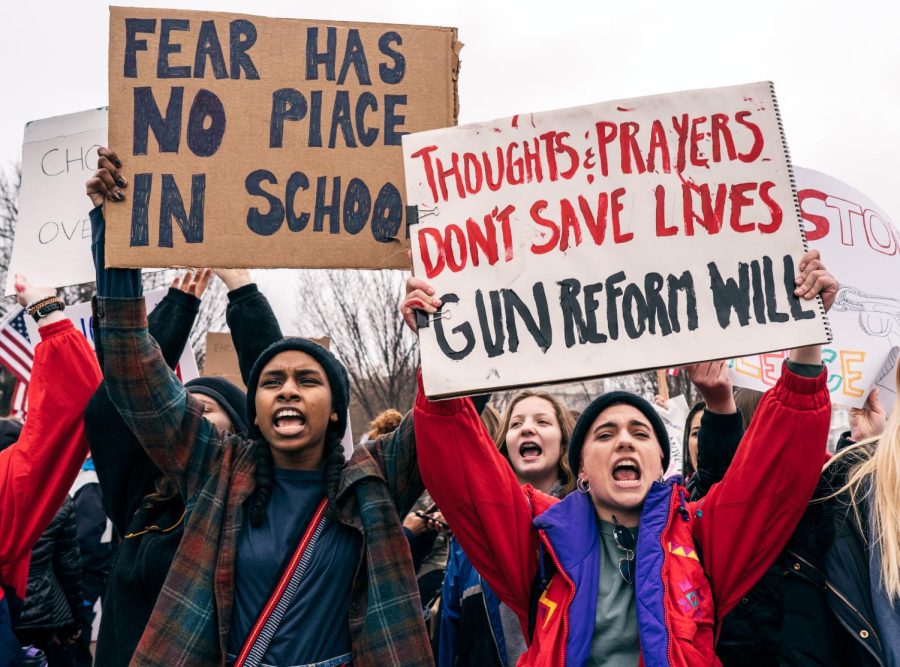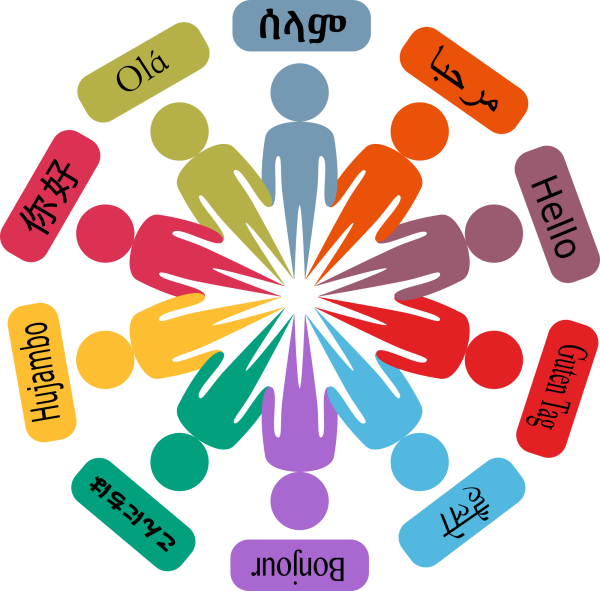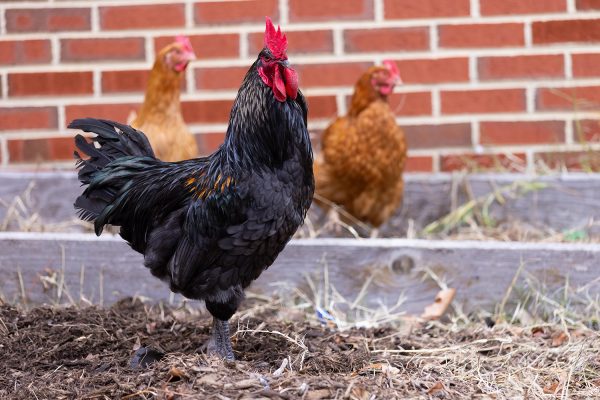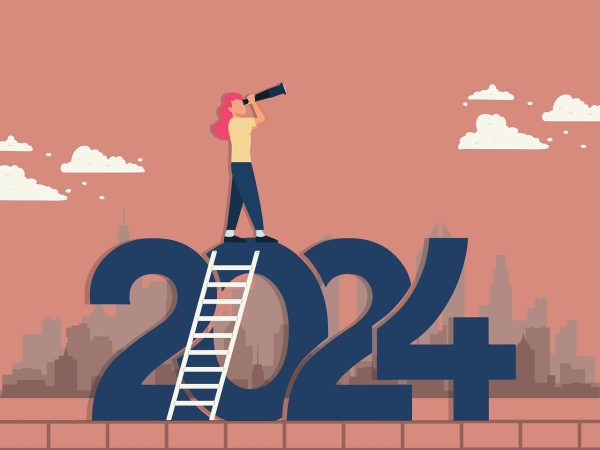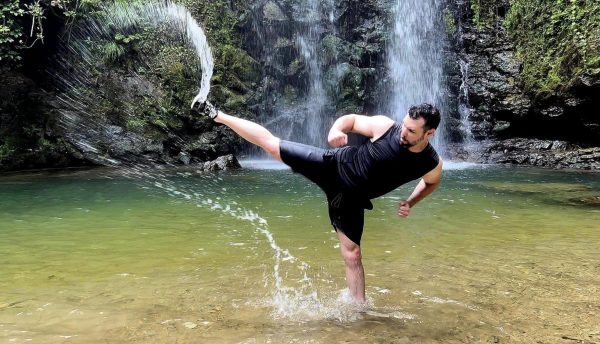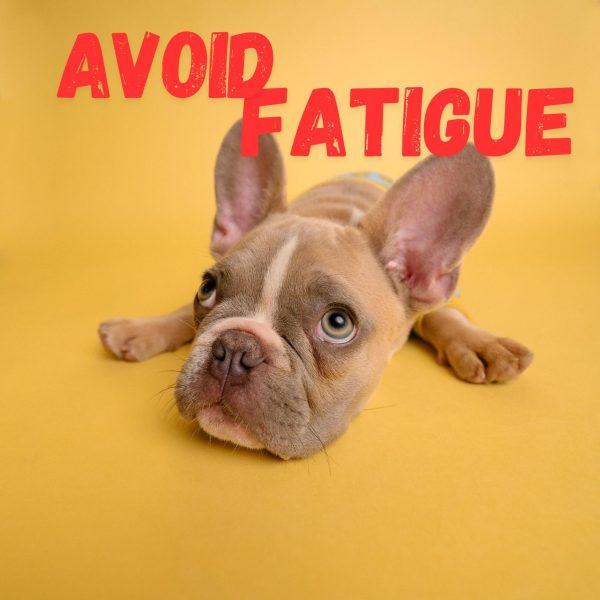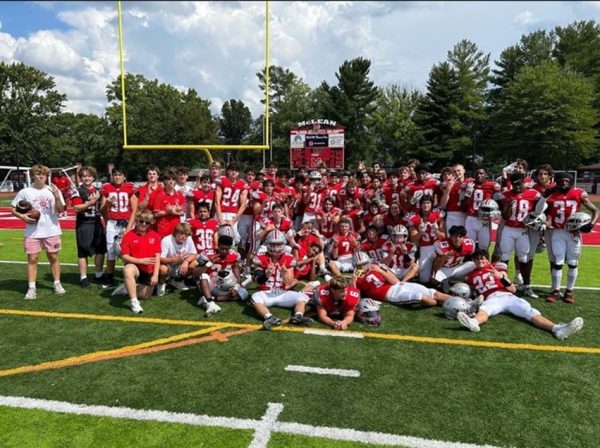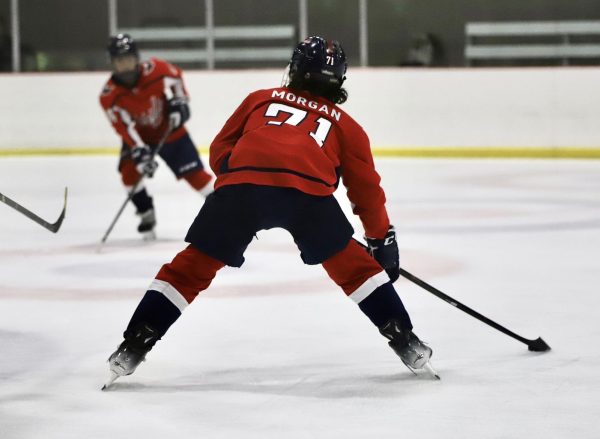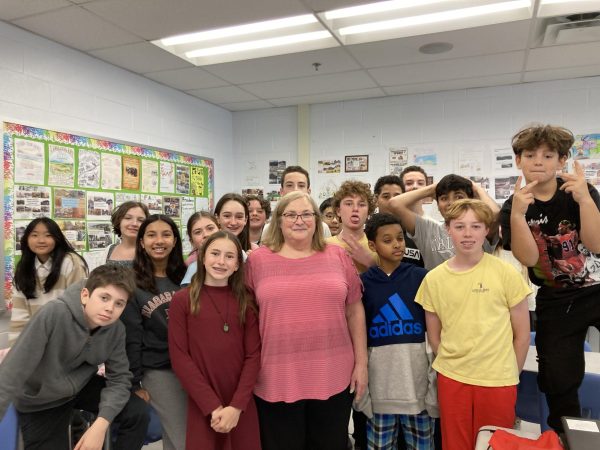School Shootings Continue to Increase
Lorie Shaull, CC BY-SA 2.0
This demonstratio was organized by Teens For Gun Reform, an organization created by students in the Washington DC area, in the wake ofthe February 14, 2018 shooting at Marjory Stoneman Douglas High School in Parkland, Florida. Incidents have only increased since then.
“More than 187,000 students have been exposed to gun violence at school since Columbine,” reported The Washington Post in March. The article, titled “Scarred by School Shootings,” points out that most of those students will never be the same. Exposure to school shootings in your community, whether injured or not, instill everlasting fear inside people.
The number of school shootings has exponentially increased over the past few years, and so has the number of victims.
Stephanie Haley, a 7th grade history teacher, compared the current situation with her own childhood.
“We didn’t do active shooter drills. I didn’t do lockdowns, I did tornado drills, and that was it. It’s become a really sad reality that [school shootings] are the norm.”
The Washington Post reports that since 1999, over 300,000 children have experienced gun violence. A federal report looking at crime and safety in U.S. schools has found that school shootings in 2020-21 rose to the highest number in two decades. The National Center for Education Statistics reported that there were at least 93 incidents with casualties at public and private schools across the United States in 2020-21. However, there were only 23 incidents in the school year of 2000-01. These statistics depict a clear contrast of the number of school shootings over the past two decades.
The casualties have climbed up as well. According to statistics from the National Center for Education Statistics, there have been approximately 129 deaths due to school shootings from the years 2016-2020; this is not including the casualties that occurred in 2021-2022. Just in 2023, Education Week states there have been 24 deaths as a result of school shootings. It hasn’t even been half a year.
School shootings itself is a subject that cannot be discussed without underlying fear, but with more school shootings, that feeling may shift into something more.
“I will be sorry if I hear [of] another school’s gun shooting. There might not be any injuries, but there will be people who have been greatly shocked or traumatized by the incident. And the scars won’t be washed easily and may last a lifetime. It hurts my heart to see innocent people suffer because of people who act so thoughtlessly,” 8th grader Nahyeon R. said.
Not only does the feeling change towards the victims, but a growing fear is planted in others.
“I do feel fear and sensations of anxiety anytime it happens. Nobody deserves what happens,” Ms.Haley explained.
Nahyeon added, “I feel more and more afraid and anxious.”
One of the root causes of the increase in mass shootings, in general, seems to be identified as Covid-19. According to the National Library of Medicine, a study found large increases in mass shootings in the US with the start of the COVID-19 pandemic, consistent with the notion that mass shootings, an extreme form of violence, may be influenced by social and economic factors.
Moreover, K-12 Dive reported data that shows the vast majority of school shootings this year have involved student shooters. In fact, the statistics show more shootings in 2022 than in past years are by children and teens, ages 10-18 years old, armed while they’re at school. It’s ironic to know that students are the main criminals in school shootings, but the harm they cause is no different than any adult. Nonetheless, there are possible reasons why those students do what they do.
“It’s not just a punishment issue. Clearly, somebody needed something somewhere, and something in the system failed them, whether it was parents, or school, or therapist,” Ms.Haley explained.
Despite that, as students continue to bring firearms to campuses, innocent students and teachers are all put in jeopardy.
Even though measures are being taken to prevent these situations of danger, some feel that it is often ineffective and does not immediately bring safety.
“I appreciate it, but I’m not totally satisfied,” Nahyeon said. “I know that they have security guards around the school, and they educate students about handling the gun shooting situation. However, I still think that it wouldn’t prevent people who have made up their mind [to hurt people] from shooting.”
However, putting all of the onus on school officials isn’t the way to solve the problem.
“A principal, a school board can only do so much,” Ms. Haley said. “They can’t do anything regarding measures and waiting periods for guns, what parents do when they have guns, their houses… We are also incredibly reactive as a society versus being proactive with the way we make our laws, both at a local and federal level.”
With danger looming around the school community and the unsure protections being utilized, the Longfellow community has changed. People, especially students, are beginning to live with fear.
“I think you all, as a student body, are very well aware of the fact that this is a thing that we’re dealing with right now and that it is a tragic and sad situation,” Haley stated. “I think it’s frustrating and scary. I think my son, especially, is scared, and he’s thinking about going to online school.”
Haley pointed out it’s not just a problem for other people–Longfellow students are also feeling uneasy.
“We had a couple of scares earlier this year, and a few students expressed to me that they were anxious, and I get it,” Haley said.
The school systems continue to look for solutions, and experts in public health and government are also looking for answers. But Ms. Haley sees hope in civic action by those who are most affected.
“When you’re old enough, vote!” Ms. Haley advised. “Vote for people who have the same position as you do on this.”
Haley believes education is key. “By education, I mean learning what limits to freedoms are, and what are acceptable ones, and where does that strike the balance with society, right?”
Another way to help, according to Haley, is to pay attention when friends are feeling a certain way and you’re scared. “Use tiplines, use parents, be open and honest. I think that’s a responsibility you all have to each other, too.”
Times have changed, and the world we live in has many dangers our parents didn’t have to deal with at a young age. The trauma and fear have become more than a feeling—it has become a lifestyle.


